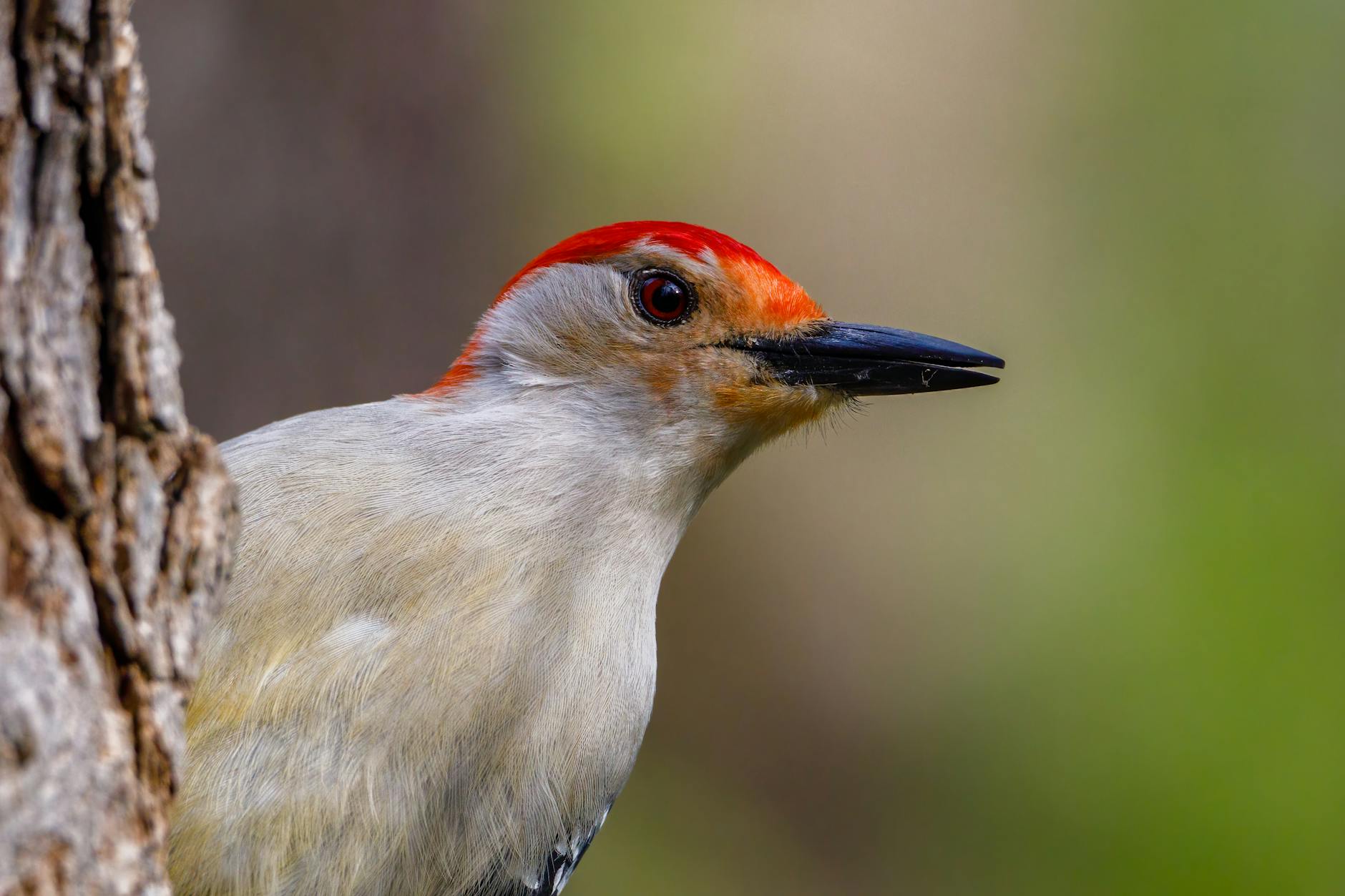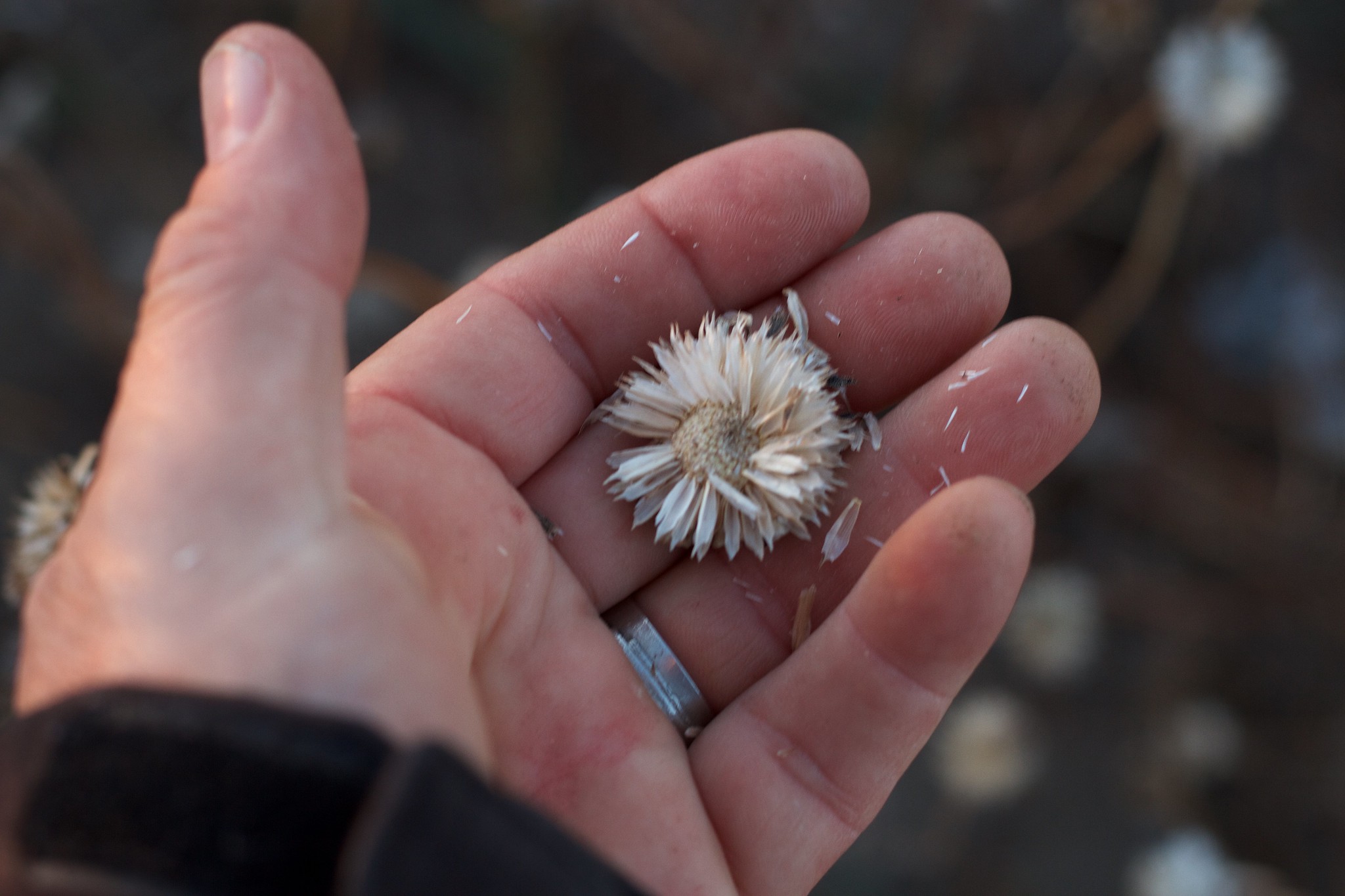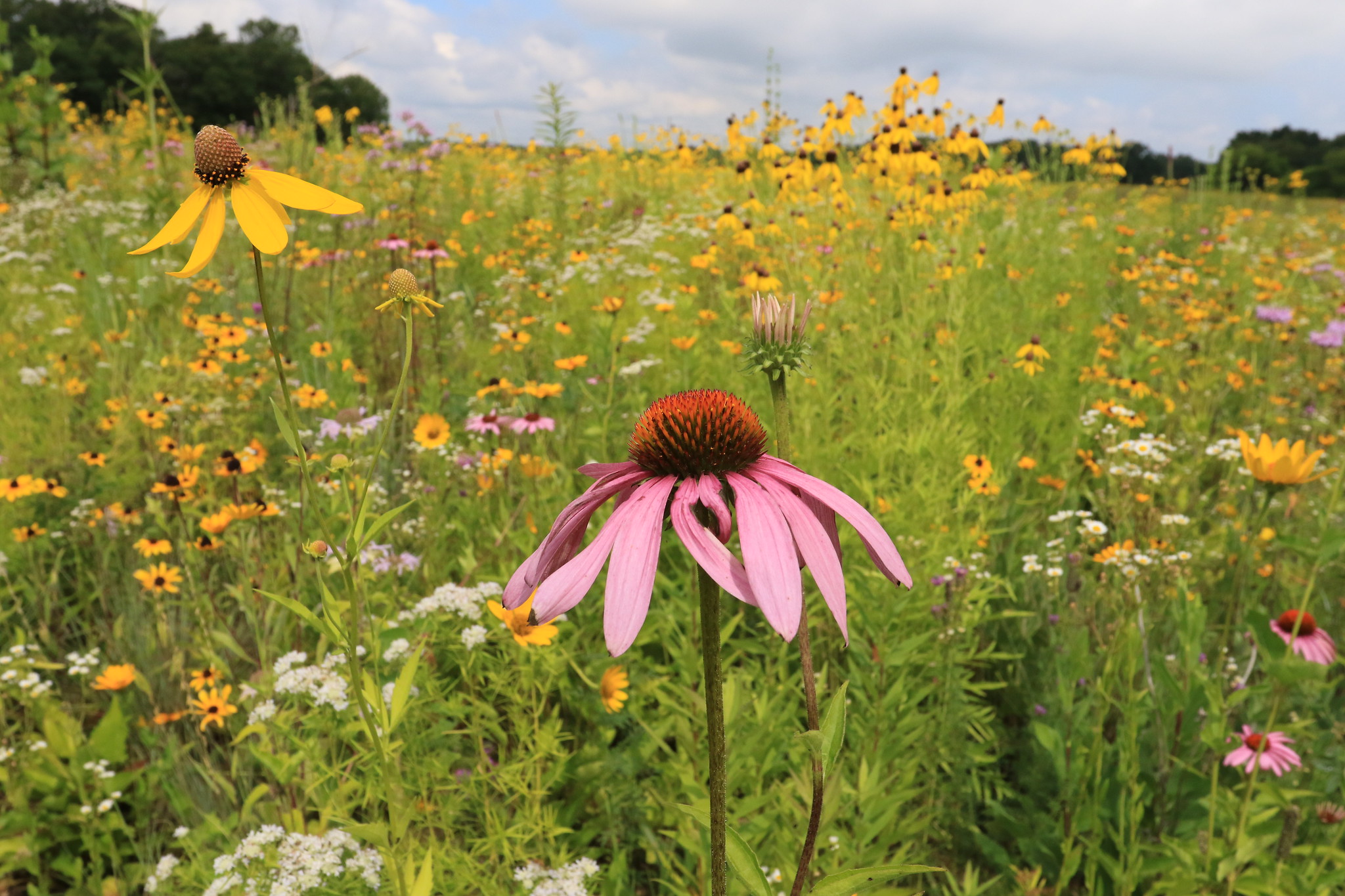Droughts are a natural part of the Earth’s climate system, but as climate change intensifies, their frequency and severity have only grown. Communities, ecosystems, and wildlife are all at risk when long periods of dry conditions take hold. However, amidst the challenges of drought recovery, native plants are proving to be one of the most resilient and valuable tools in restoring balance to ecosystems affected by water scarcity.
What Makes Native Plants Resilient in Drought Conditions?
Native plants have an incredible ability to adapt to their environment over centuries, developing unique traits that help them survive extreme weather patterns, including drought. These plants are inherently suited to the local climate, soil types, and seasonal cycles. For instance, many native plants have deep root systems that allow them to access groundwater long after non-native plants have withered. Their leaves may have evolved to minimize water loss, or they may enter a period of dormancy during the hottest months, only to return when the rains arrive.
These natural mechanisms allow native plants to conserve water and weather periods of drought with remarkable resilience.
Case Studies: Success Stories of Native Plant Drought Recovery
Several conservation projects have harnessed the power of native plants to help restore ecosystems impacted by drought. In one successful case, a restoration project in the southwestern United States used native grasses and shrubs to rehabilitate a degraded landscape after a prolonged drought. The native plants not only thrived in the dry conditions but helped reduce soil erosion and restored essential ecosystem services such as water filtration and carbon sequestration.
In urban areas, native plants are also making a significant impact. Cities like Phoenix, Arizona, have turned to drought-tolerant native species in public parks and green spaces to reduce water consumption while creating habitats for local wildlife. These projects not only address water scarcity but also enhance urban biodiversity.
The Role of Native Plants in Ecosystem Restoration and Drought Resilience
Native plants are essential in stabilizing ecosystems and ensuring they bounce back after drought conditions. Their roots help stabilize the soil, reducing the risk of erosion and improving water retention in the ground. Additionally, many native species provide food and shelter for pollinators, birds, and other wildlife, which is especially important during times when food sources are scarce.
Moreover, native plants contribute to the overall health of the ecosystem. They support a balanced plant community that naturally resists invasive species, which often struggle to survive in drought-prone areas. By supporting native plant communities, we’re not just helping one species but an entire ecosystem that relies on a delicate web of interconnected life.
Practical Steps: How You Can Contribute to Drought Recovery
You don’t need to be a scientist to help in the recovery process. There are simple, actionable steps you can take to contribute to drought resilience and ecosystem restoration. Start by planting native plants in your own garden or community spaces. These plants are naturally adapted to local conditions, reducing the need for excessive watering. Additionally, their deep roots can help improve soil health, making your garden more drought-resistant in the long run.
Supporting conservation organizations that focus on preserving and restoring native habitats is another powerful way to help. Volunteer your time, donate, or even just spread the word about the importance of native plants. Each small action creates ripples that contribute to a larger movement for a more resilient environment.
Hope for the Future
While droughts are a pressing issue, the recovery is possible, especially when we turn to the natural resilience of native plants. By incorporating native species into our landscapes and supporting conservation efforts, we can build ecosystems that are stronger, more resilient, and better equipped to withstand the challenges of a changing climate. Together, we can create a future where nature thrives, even in the driest of conditions.
As we look at the way native plants have endured through droughts and helped heal the land, it’s a reminder of nature’s quiet but powerful strength. Each plant that thrives in arid conditions tells a story of resilience and adaptation. In our own lives, we can reflect on how we too are capable of enduring challenges and emerging stronger. By making small changes—whether planting a native species or supporting restoration projects—we are part of a much larger, meaningful movement. Every action counts, and together, we can ensure that the beauty and health of the natural world continue to inspire future generations.



